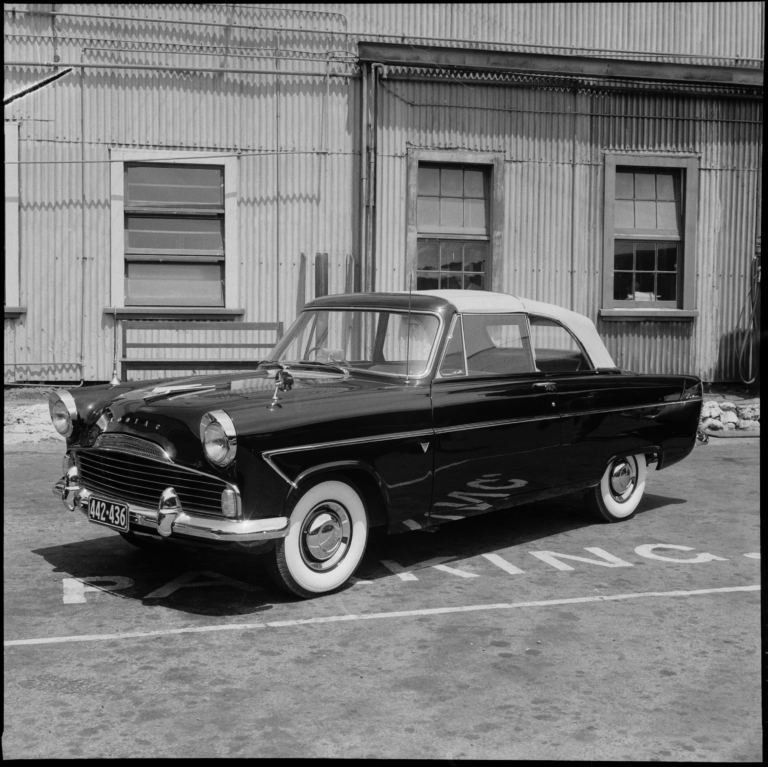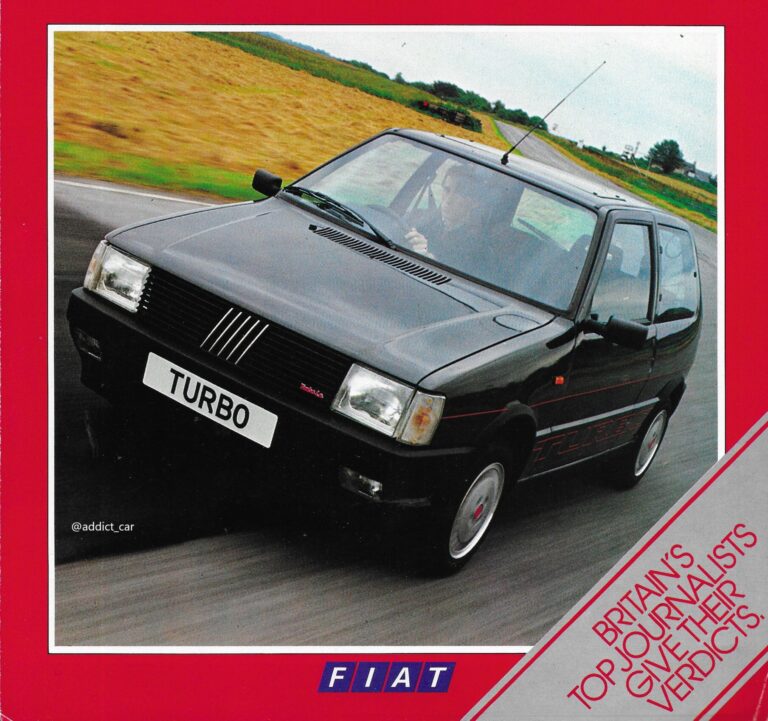Targa New Zealand has announced the first details of their 2015 events, following the unprecedented interest in the successful 20th anniversary Targa event in the South Island completed on November 2.
The first is a one-day Targa Sprint on March 7, followed by a three-day Targa Bambina held between May 15 and 17, and the 21st Targa New Zealand event will be held between October 26 and 31.
Though all three will be in the North Island, the success of the organization’s first foray into the South Island this year means a return in the future is a distinct possibility.
“The feedback from competitors to councils would certainly encourage us to head back down south at some stage,” says Targa event director Peter Martin. With such positive feedback, he says it was important to announce the 2015 event dates as soon as possible.
Martin has also been upfront this year by listing separately the medical levy every competitor has to pay.
“The safety of our competitors is of utmost importance to us — and wherever we go, St John goes. This incurs a cost, which we have listed separately this year to make sure everyone knows exactly what it is.” There is now just the one common fee across all three competition classes.


